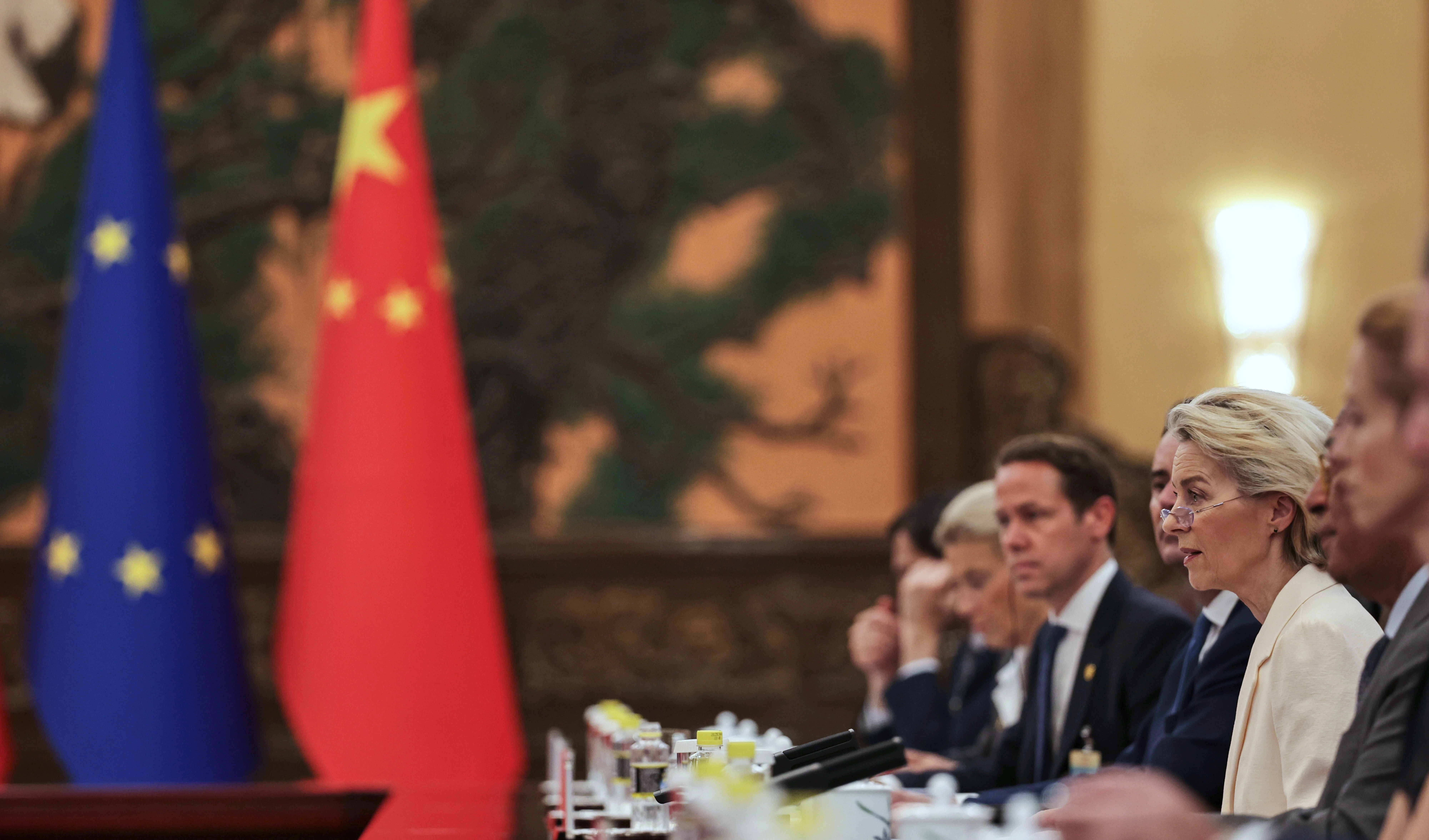China’s ‘artificial sun’ burns five times hotter than the sun
In its latest experiment, China's artificial sun ran for 20 minutes at a whopping 70 million degrees.
-

China’s "artificial sun" burns five times hotter than the sun.
In its most recent experiment, China's artificial sun ran for 20 minutes at 70 million degrees – five times hotter than the real sun.
Scientists hope that by mimicking reactions that occur naturally inside the sun, the machine will help harness the power of nuclear fusion, bringing humanity one step closer to creating "unlimited clean energy."
According to Xinhua News Agency, researchers have been busy running tests at the Experiential Advanced Superconducting Tokamak (EAST), a nuclear fusion reactor facility, to make its auxiliary heating system more "hot" and "durable".
The facility is known as an "artificial sun" because it mimics the nuclear fusion reaction that powers the sun, which uses hydrogen and deuterium gases as fuel.
The EAST, designed and developed by the Chinese, has been used by scientists from all over the world to conduct fusion-related experiments since 2006.
However, the project has recently reached a significant milestone.
-

China's artificial sun fusion reactor
According to the South China Morning Post, researchers were able to keep the "artificial sun" at 70 million degrees for as long as 1,056 seconds, or 17 minutes and 36 seconds.
The core of the real sun reaches temperatures of around 15 million degrees.
"The recent operation lays a solid scientific and experimental foundation towards the running of a fusion reactor," Gong Xianzu, a researcher at the Chinese Academy of Sciences' Institute of Plasma Physics, told Xinhua.
He was in charge of the most recent experiment at EAST, which is based at the Hefei Institute of Physical Science in Anhui's eastern province.
More than 10,000 Chinese and foreign scientists collaborated to bring the "artificial sun" to life.
The EAST uses extremely high temperatures to condense hydrogen isotopes into a plasma, fusing them and releasing energy.
China has already spent around £701 million on the project.

 2 Min Read
2 Min Read










